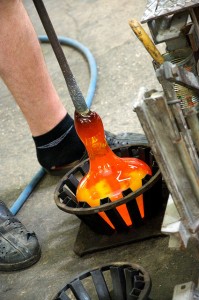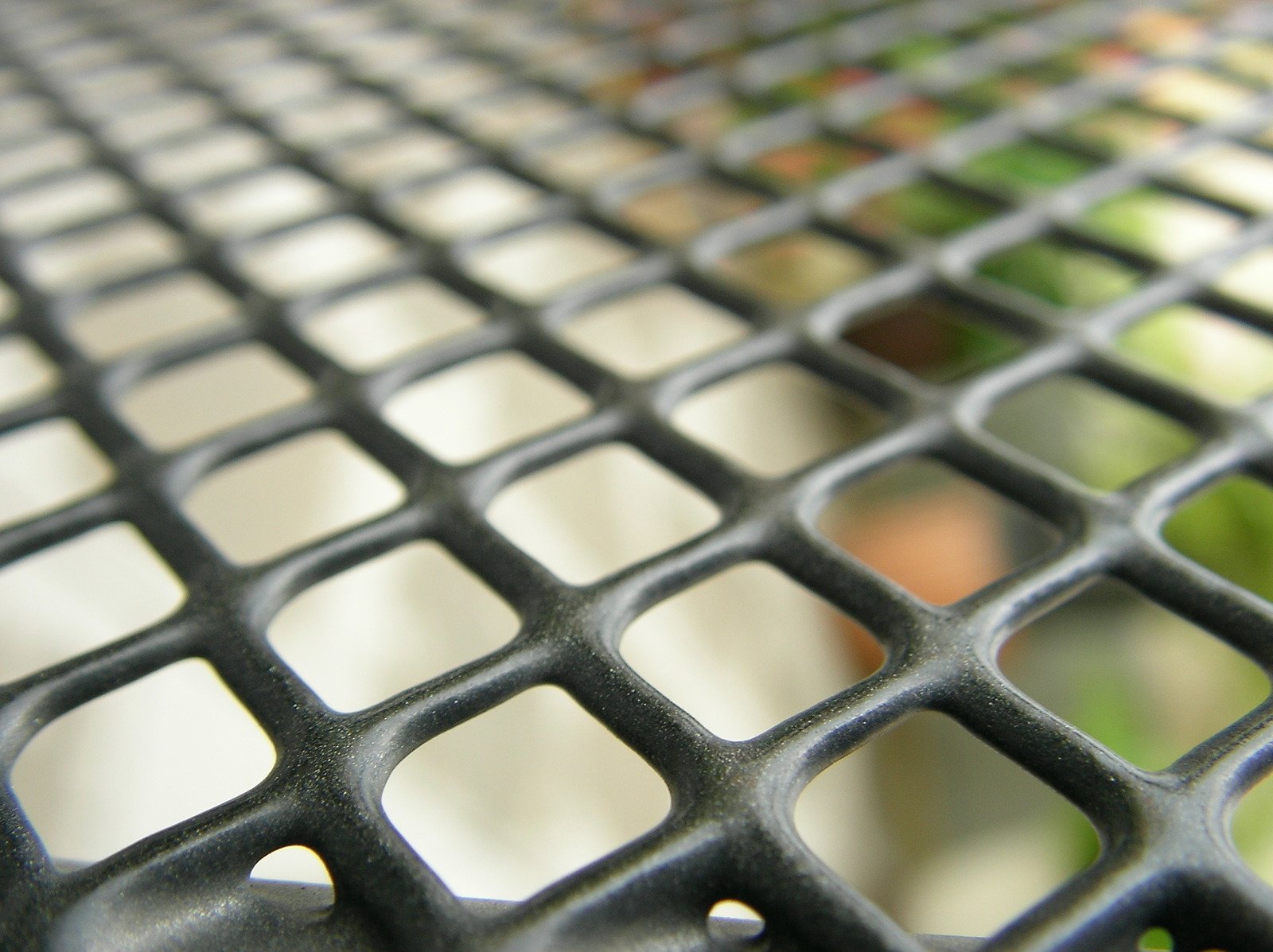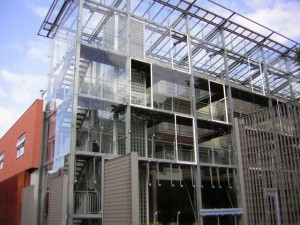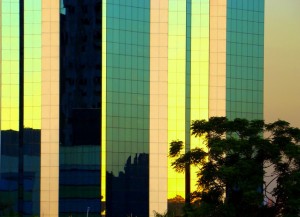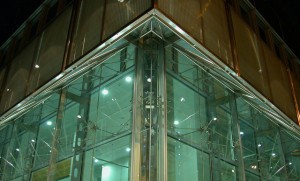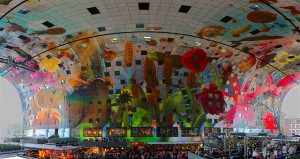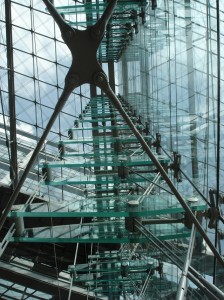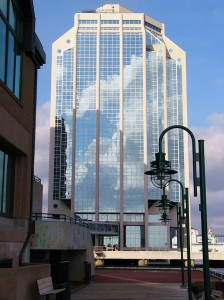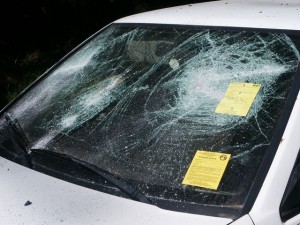GlassFest Lights Up Corning
What do you do to celebrate your town’s contributions to the glass industry? If you’re Corning, NY, you throw a four-day party known as GlassFest. GlassFest is in its 7th year and boasts all things glass. GlassFest took place this year from May 26-May 29 and featured hot glass shows, live music, food and fireworks.
GlassFest dedicated to glass arts
There were plenty of glass-blowing demonstrations, and thousands of visitors to watch some of the best glass artisans in the country show off their wares. In addition to glass artisans, visitors found plenty of pottery, jewelry and metalwork. And no street festival would be complete without an 8K run. With clear skies and temperatures in the 90s, the weather was just about perfect. Vendors from around the region commingled with food trucks, wineries, musicians and tourists to celebrate the industry that put Corning on the map.
One of the anchors of the festival is the Corning Glass Museum, which is open from 9:00 AM to 5:00 PM daily. The museum has been in operation since 1951, when it was given as a gift to the people of the United States in honor of the 100th anniversary of the Corning Glass Works. Although the company is now known as Corning, Inc., the museum entertains 10s of thousands of visitors each year. But if you visit, you should know that it’s not the “Look-but-don’t-touch” kind of museum.
Instead, you’ll find plenty of interactive displays in the hands-on exhibits in the Innovation Center. You’ll also see lots of Hot Glass Shows, that both occupy museum space, and travel around the country. The Glass Lab is a traveling workshop for designers who want to experiment with glass. New glass makers can take courses at the museum, and researchers can find many Web-accessible resources through the Rakow Research Library – a library devoted to glass. You’ll also find more than 50,000 pieces of glass on display in the museums galleries, the newest of which boasts more than 26,000 square feet of display space.
Although this year’s GlassFest is already in the books, you can make your plans for next year’s event. (The dates have not yet been finalized.) If you’d like ideas for decorating glass, please check out the rest of our website. If you’d like to purchase Glassprimer™ glass paint, please visit our online store .
Photo Credit: Niklas Morberg, via Flickr.com

